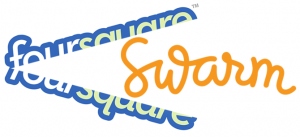Facebook Introduces Privacy Updates via Cartoon Dinosaur
In Social Bookmarking, Social Media, Social Networking, Web 2.0 | No comment
When they announced the beginning of these changes back in April, Facebook admitted that many of their users were confused about privacy in general, which is why they decided to introduce more on-screen explanations for their users who might need a little bit of additional help. The company mentioned that they do 80 trillion privacy checks per day and run thousands of surveys about privacy every day, in order to better find ways to ensure the safety of their users’ information. These surveys have led to some changes already, regarding the privacy of Cover photos, resharing content, and what status updates are shown to which groups of friends.
Most recently, Facebook made even more changes to privacy settings, including finally setting the default visibility of status updates and photos from ‘public’ to ‘friends only’. The new updates will also add a Privacy Checkup, which will allow users to review and confirm their privacy settings in order to ensure that the information they are sharing on Facebook is only able to be seen by who users want to see it. With Facebook’s friendly cartoon privacy dinosaur along for the ride, Facebook users should be able to set their privacy settings much more easily than they have been able to in the past.





